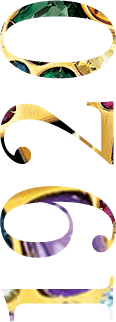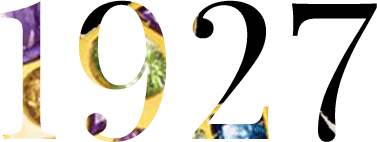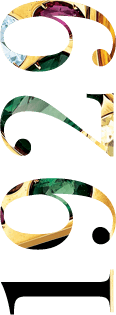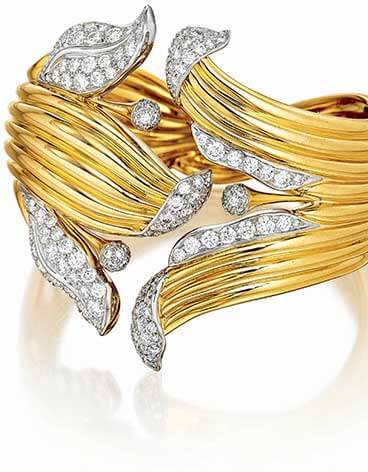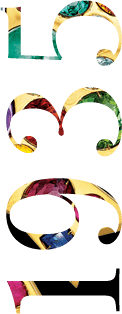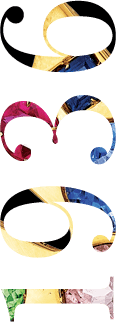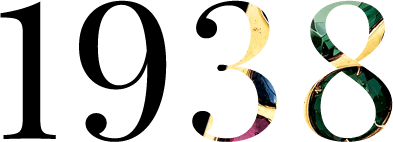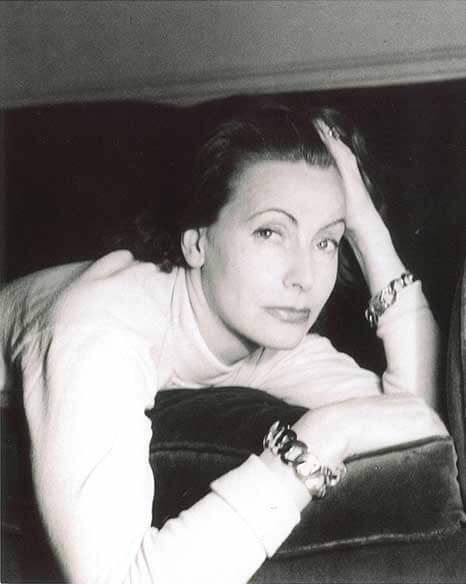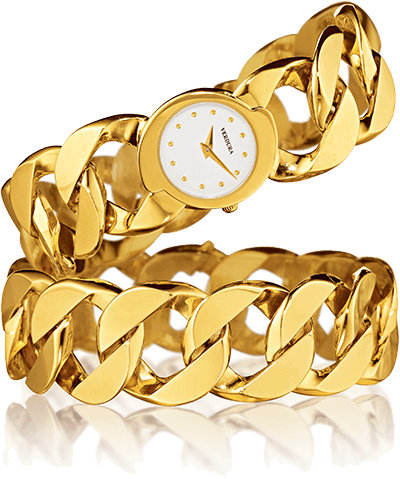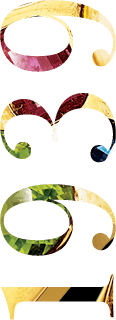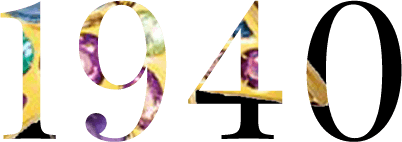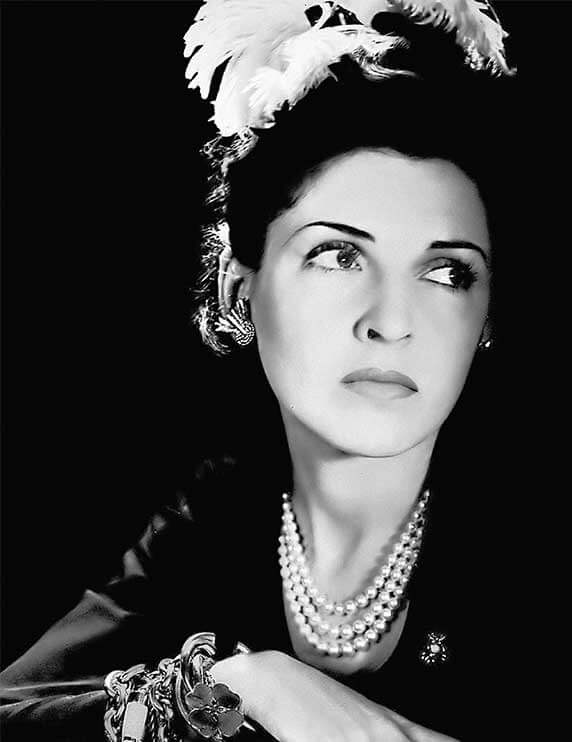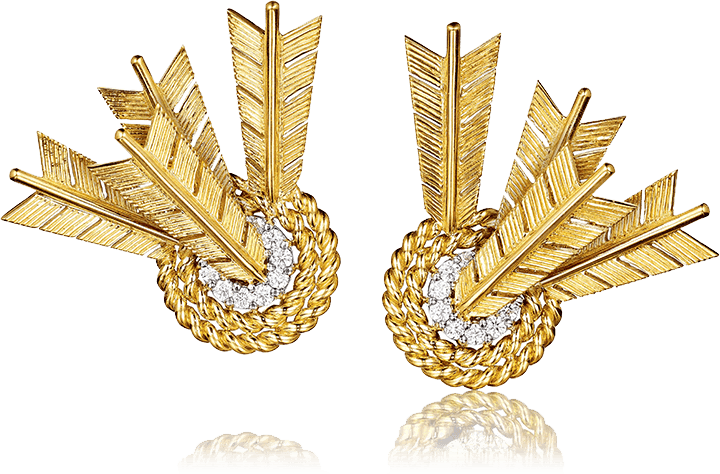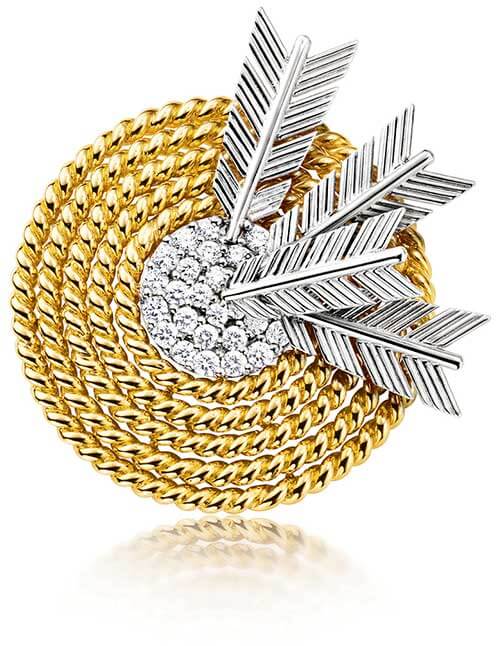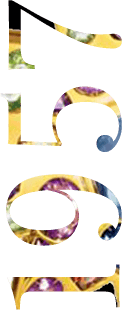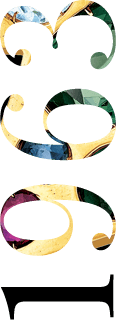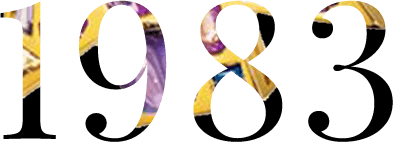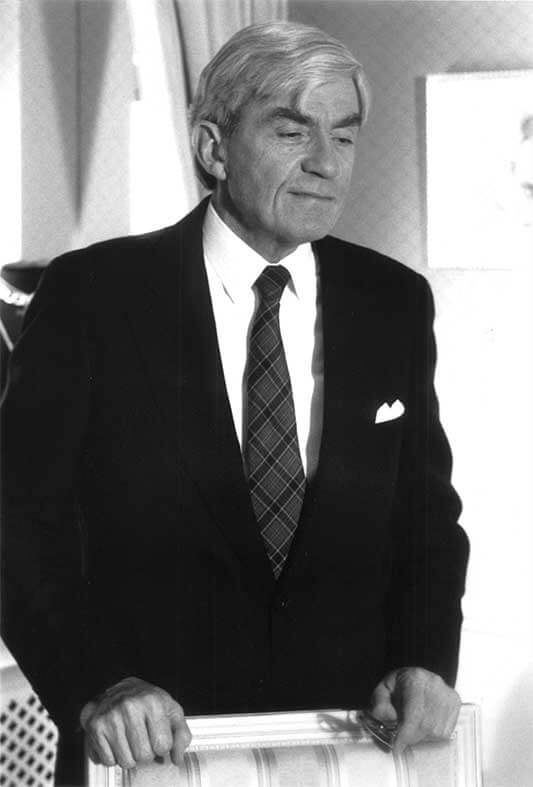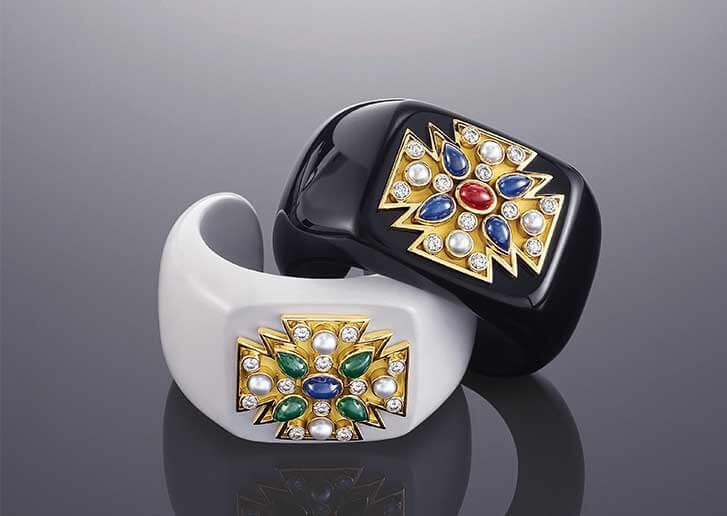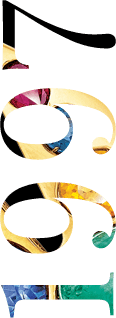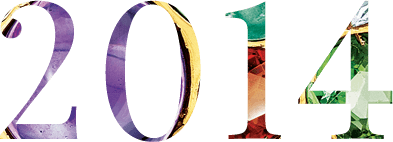

The Story
Explore our history & heritage through our timeline
Duke Fulco di Verdura (1899–1978) began his career in 1920s Paris, designing the iconic Maltese Cross Cuffs for his friend Coco Chanel. In 1934 Verdura ventured to America and designed jewels for stars of the era, including Greta Garbo and Marlene Dietrich. He officially became an "American jeweler" on September 1, 1939, the day war broke out in Europe, when his friends, Cole Porter and Vincent Astor, financed his debut on Fifth Avenue. With Europe off-limits during the war, Verdura gained a following of high-profile clients among New York society and fashion's best-dressed list, enticed by Verdura's bold yet understated "chic".
In 1985, Ward Landrigan, head of Sotheby's US jewelry department, purchased the company, including its archive of nearly 10,000 original sketches, and set about to bring Verdura's timeless designs to a new generation of collectors. His son Nico joined the company in 2004 and currently serves as President alongside Ward, Verdura's CEO. In 2014, the company celebrated its 75th anniversary with a 3-month retrospective exhibition that attracted over 8,000 attendees.
Today, in addition to its flagship salon located at 745 Fifth Avenue overlooking Central Park, Verdura operates boutiques in Bergdorf Goodman, select Neiman Marcus stores, London Jewelers in Manhasset, LI, Greenleaf & Crosby by Win & Natalie Betteridge in Palm Beach, Famille Jewelers in Greenwich, Mindham Fine Jewelry in Toronto, and Marissa Collection in Naples, FL.
The Verdura timeline
-
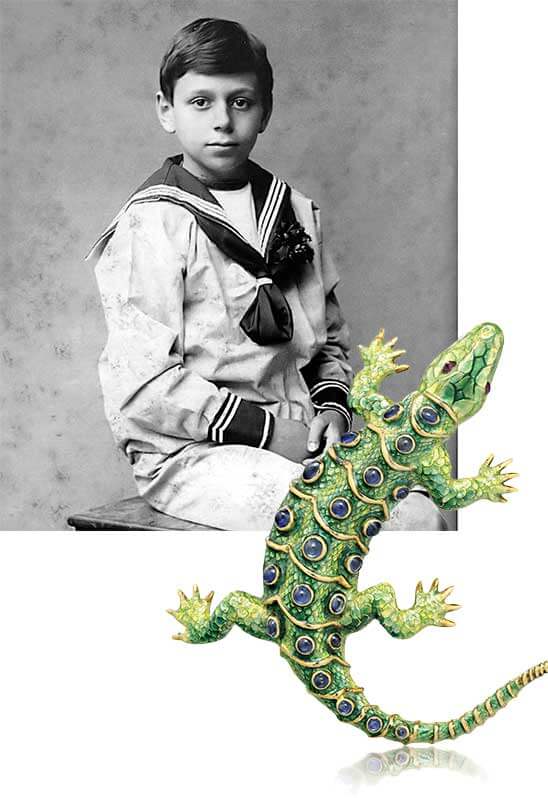
-
Fulco Santostefano della Cerda, future Duke of Verdura, is born to an aristocratic family in Palermo, Sicily.
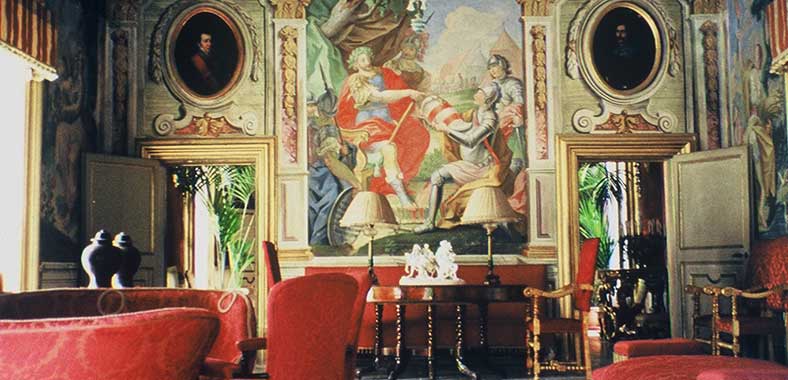
-
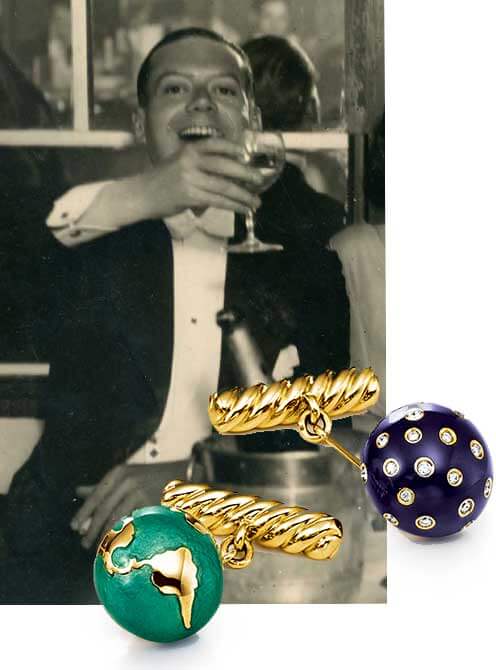
-
Fulco di Verdura meets Cole Porter and his wife Linda during their honeymoon in Palermo, sparking a life-long friendship. Throughout the 1920s, Fulco follows the social seasons of Europe, traveling to Paris and Venice, attending costume balls with friends who would one day help launch his career.
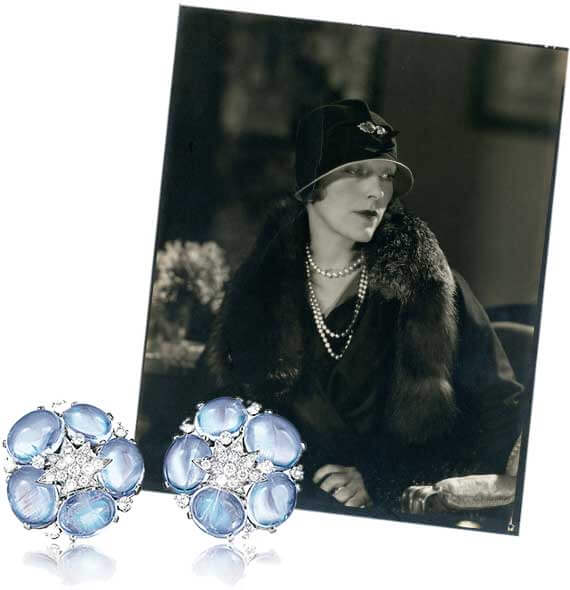

-
At the Porters' urging, Fulco moves to Paris and begins to design textiles for a friend Coco Chanel.
-
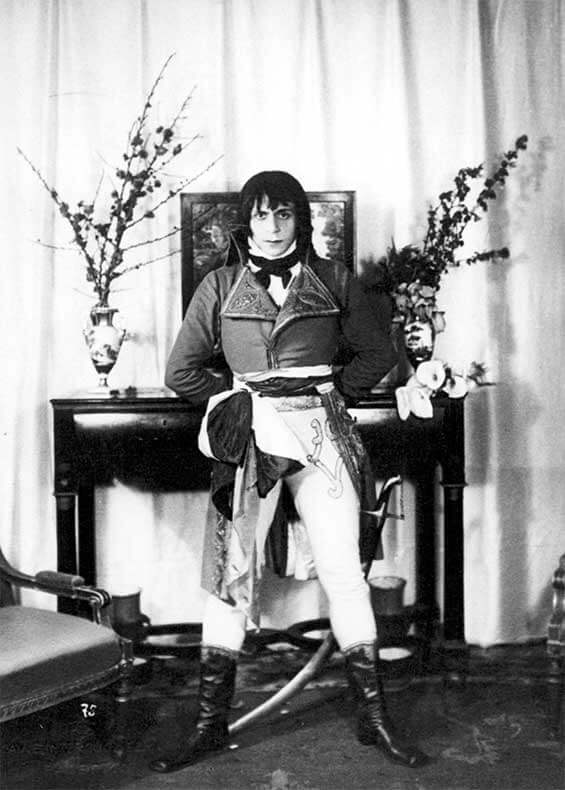
-
Fulco invites the Porters, Coco Chanel, Elsa Maxwell and 300 of his closest friends to a "1799" costume ball in Palermo at the Palazzo Verdura. The lavish affair at Palazzo Verdura depletes what remains of the Duke's inheritance but brings him to international prominence.
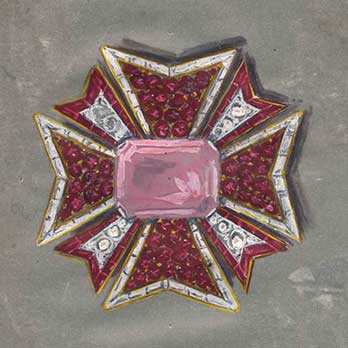
Fulco begins designing jewelry for Chanel. With Coco as his muse, Verdura shatters the status quo in jewelry with his revolutionary gold and gemstone "Byzantine" designs.
Famed Fashion Editor Diana Vreeland, a devoted Chanel client, acquires two of Verdura's earliest and most renowned jewels – the "Theodora" and "Ravenna" brooches. Verdura later translates this style to a pair of Maltese Cross cuffs for Coco Chanel which come to define the era.
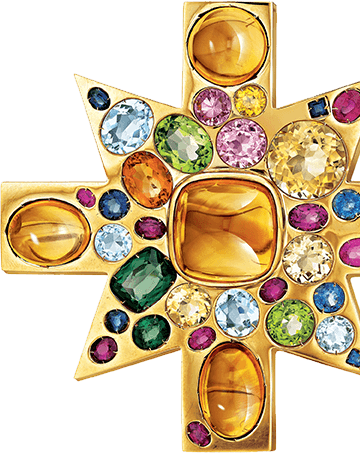
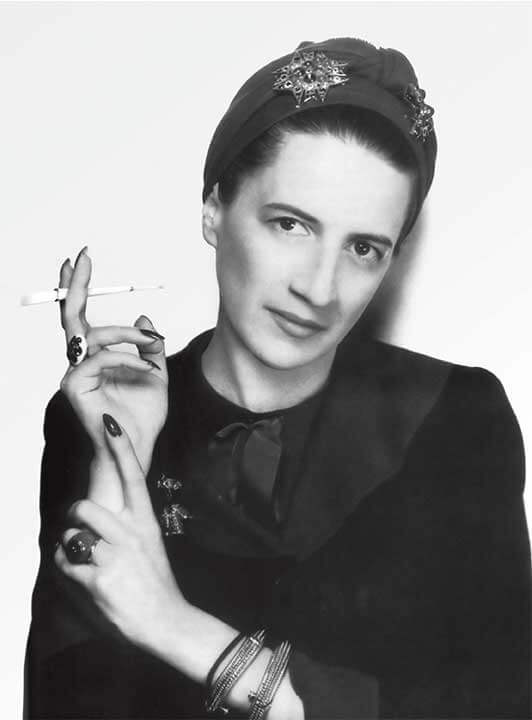
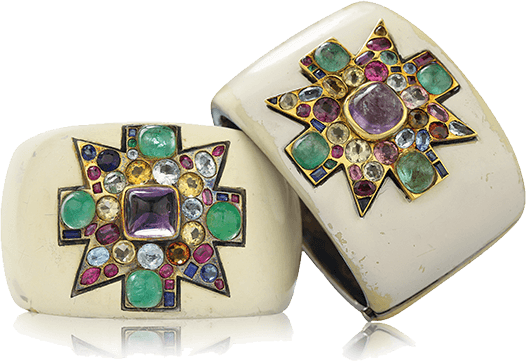
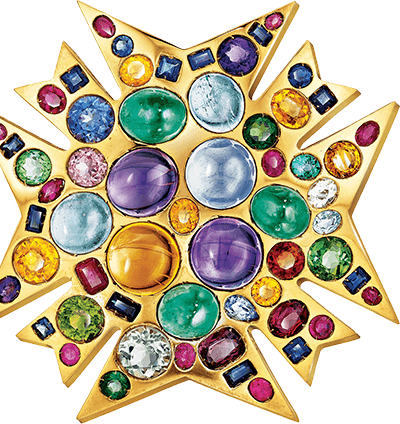
-
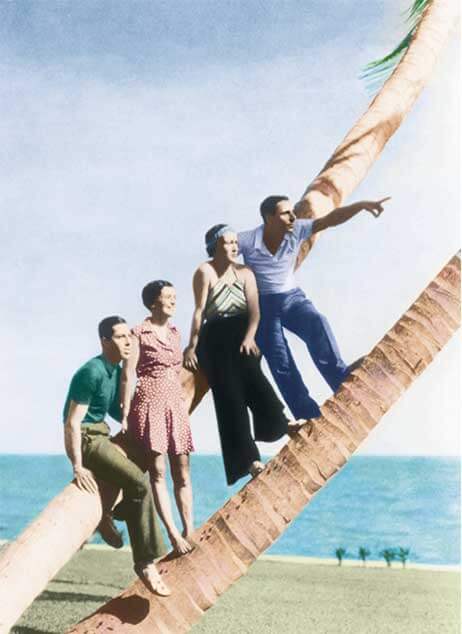
-
The young duke emigrates to America, accompanied by friends Baron Niki de Gunzburg and Princess Natalie Paley, traveling through New York and Palm Beach to Hollywood.
-
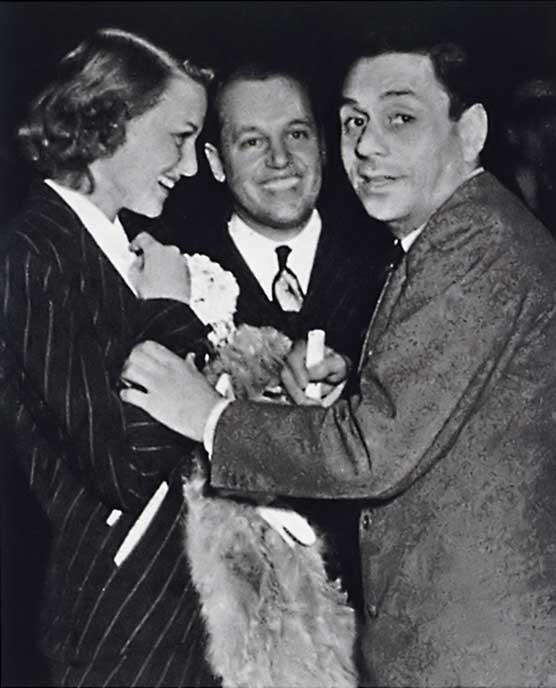
-
Diana Vreeland introduces Fulco to Paul Flato, "Jeweler to the Stars," who hires him as head designer. Among his work for the great film stars of the day is one of Verdura's earliest creations for Flato, a spectacular aquamarine and ruby "Belt" necklace, designed for Cole Porter's wife, Linda.
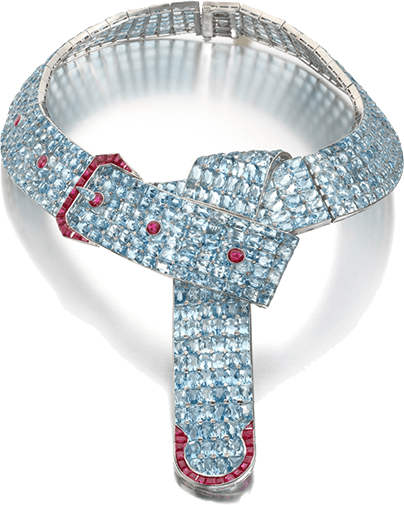
-
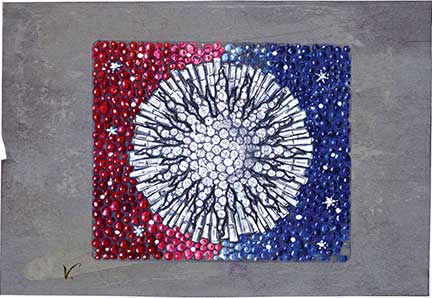
Verdura creates what Vogue hails as "the most talked-of bauble in town," an opulent cigarette case in diamonds, rubies and sapphires, given by Cole Porter to Linda at the opening of his show Red, Hot and Blue. Over the years, Verdura would create at least 20 jeweled cigarette boxes commemorating the openings of Cole's shows.
-
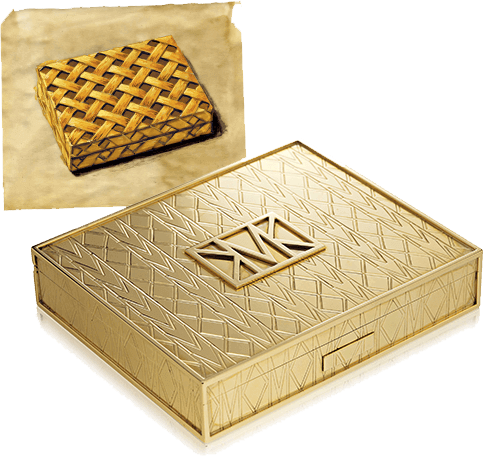
-
Fulco travels to Los Angeles for the opening of Flato's new store on Sunset Boulevard. Through the jeweler's Hollywood connections, Verdura designs pieces for Greta Garbo, Joan Crawford, Elsa Schiaparelli, Katharine Hepburn and Marlene Dietrich.
Around this time, the Curb-Link bracelet and watch become "linked" to Greta Garbo, who is regularly photographed wearing her matching bracelet and watch and continues to wear them throughout her life.
-
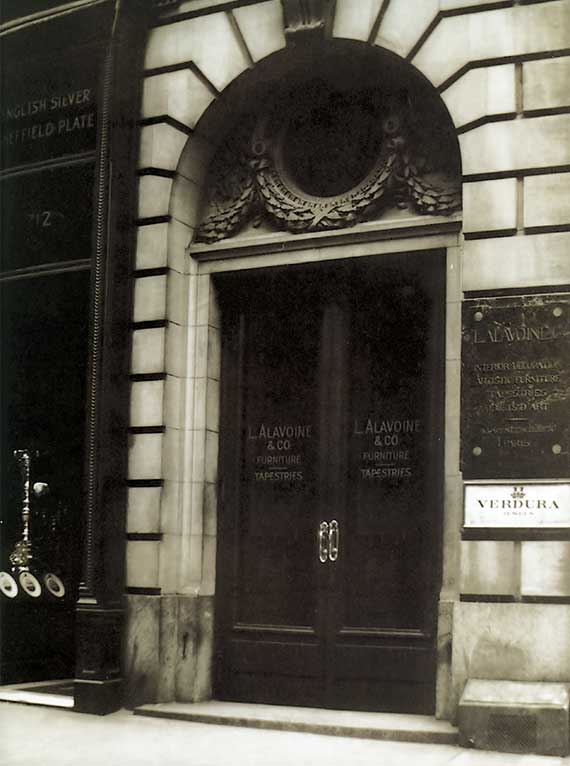
-
September 1
On the same day war is declared in Europe, Fulco opens his Fifth Avenue salon in New York, with the financial backing of friends Vincent Astor and Cole Porter. His first collection debuts to great acclaim, as Americans accustomed to shopping for fine jewelry in Europe are no longer able to travel there due to the outbreak of the Second World War.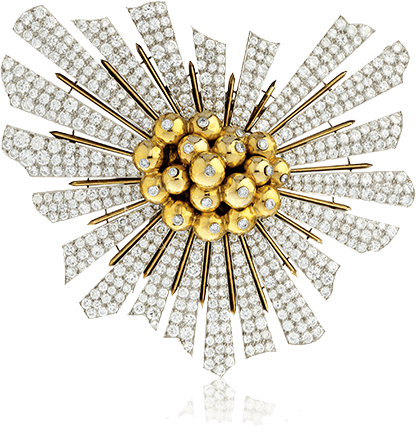
-
Joan Fontaine purchases Fulco's pink topaz and diamond "Wing" brooch, which she later wears in the 1941 Hitchcock film Suspicion.
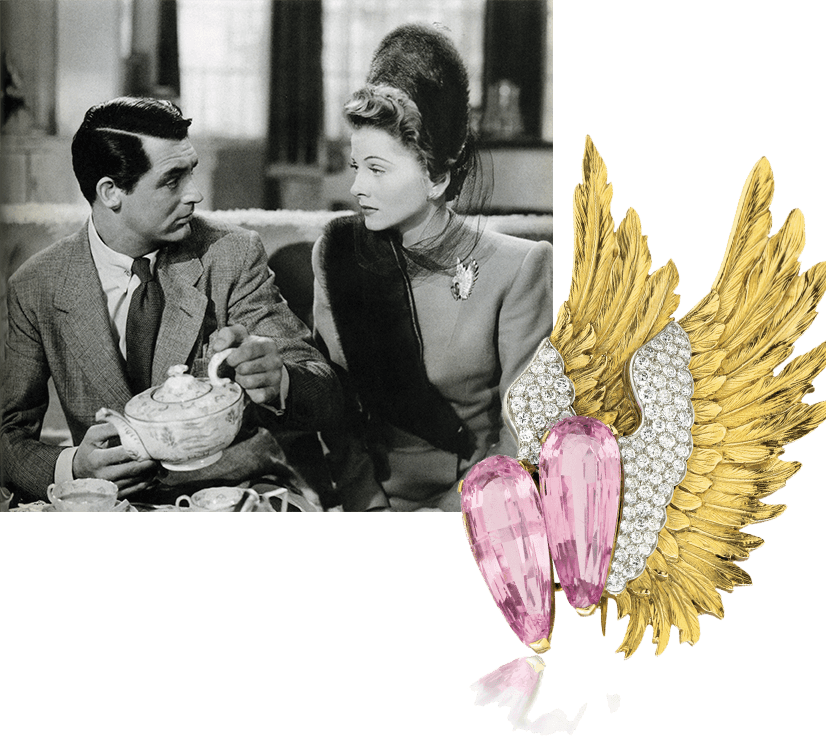
-
Fulco purchases a collection of sea shells from the American Museum of Natural History in New York and sets them in gold with precious gems, charming New York society, including Millicent Rogers, Tallulah Bankhead and Betsey Whitney.
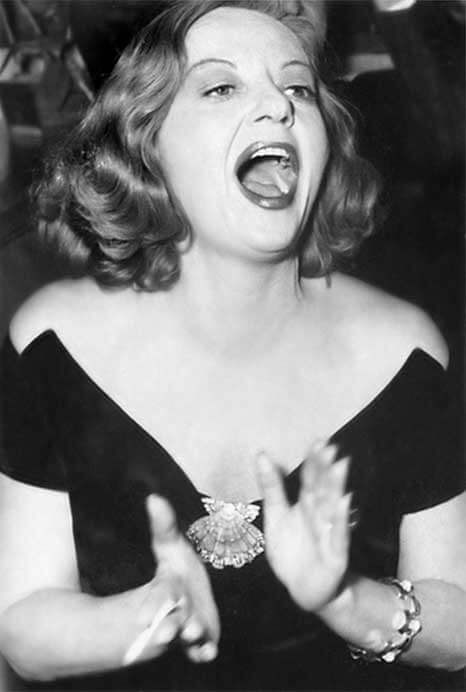
-
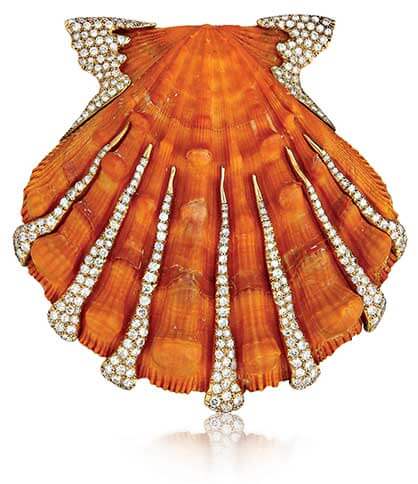
Fulco designs his fanciful "Target" earrings, favored by Millicent Rogers and Dorothy Paley.
-
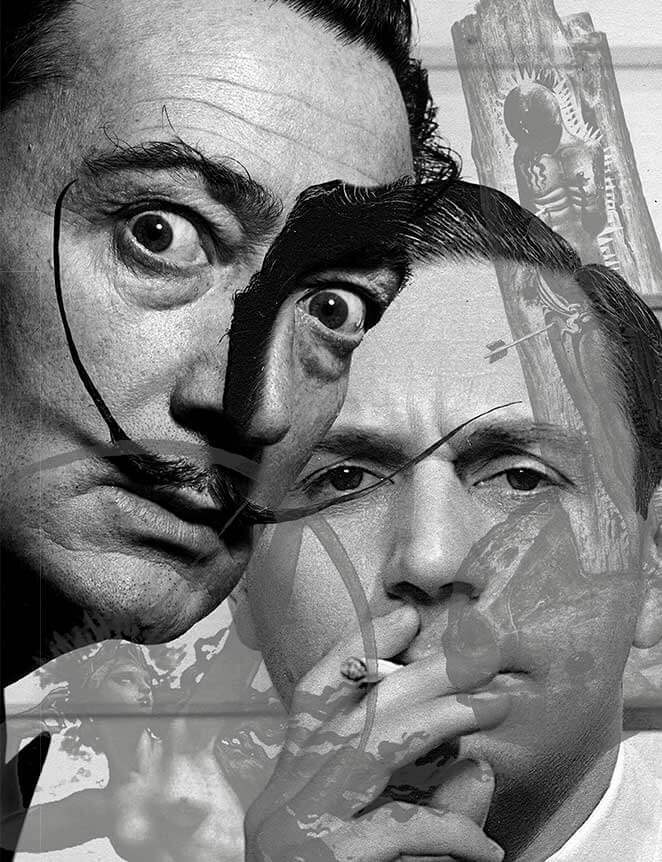
-
Fulco and Salvador Dalí collaborate on their first surrealist jewelry collection, five historic pieces incorporating miniature paintings by Dalí with jeweled settings by Verdura, exhibited and sold at the Museum of Modern Art in New York. The collaboration sparks Dalí's lifelong fascination with jewelry and Fulco's passion for miniature painting.
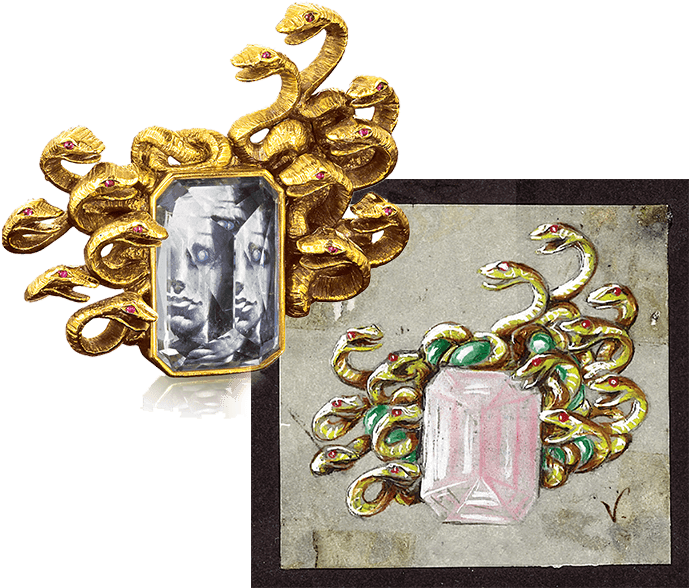
Film star Tyrone Power purchases the first Wrapped Heart brooch, now one of Verdura's most iconic designs, as a Christmas present for his wife, the French actress Annabella.
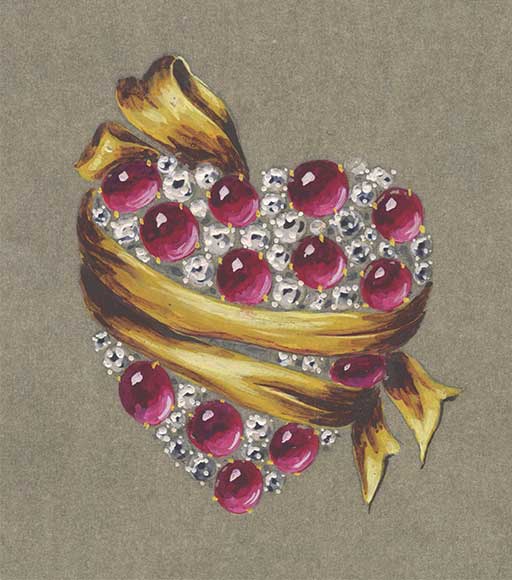
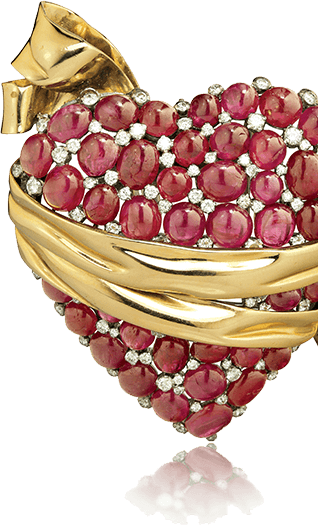
-
The glamorous Cushing sisters – Minnie Astor, Betsey Whitney and Babe Paley – become Verdura's friends and muses. Their commissions inspire some of the duke's greatest creations.
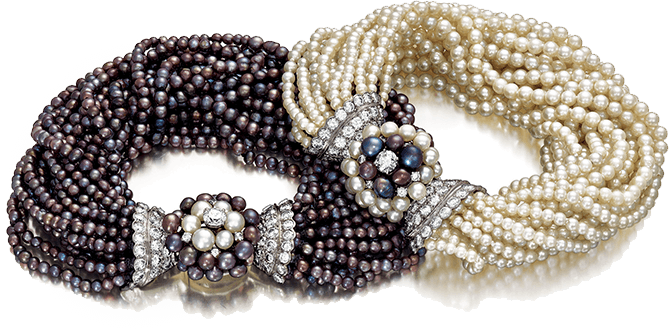
-
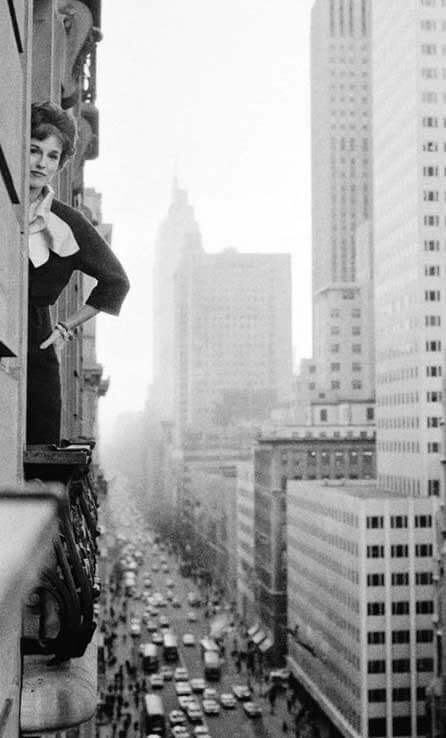
-
Verdura designs the "Double-Crescent" bracelet, made famous by Marjorie Merriweather Post and later Diana, Princess of Wales.
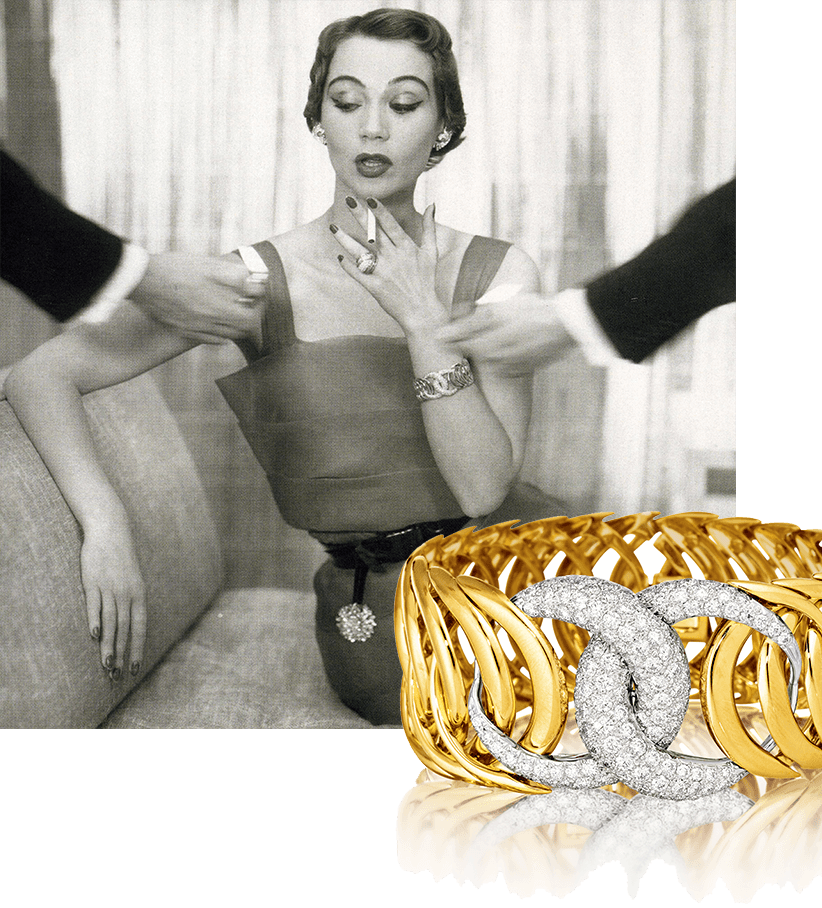


-

-
"Praise from the artist's friend (and Fulco di Verdura and I are friends of some thirty years' standing) is rather like a compliment from a theatrical producer once one's show is a hit—apt to be just a little bit prejudiced. Only a great jeweller's hand could have created them. In fact, their jewel-like size is one reason for their exquisite taste; Fulco di Verdura has used his paints in the manner that diamonds should always be worn—preciously."
- As excerpted from Cole Porter's introduction to Fulco di Verdura's first exhibition of miniature paintings at the Iolas Gallery in New York City.
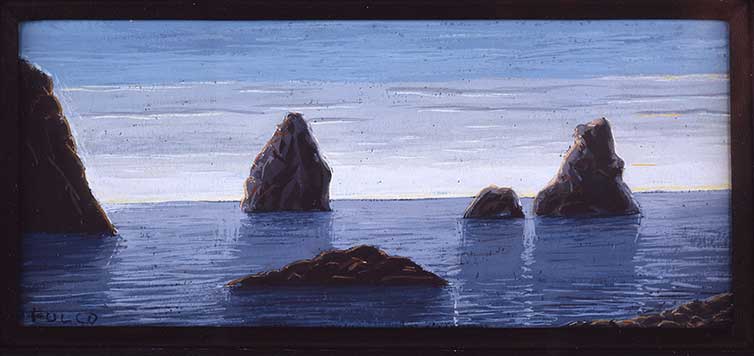
-
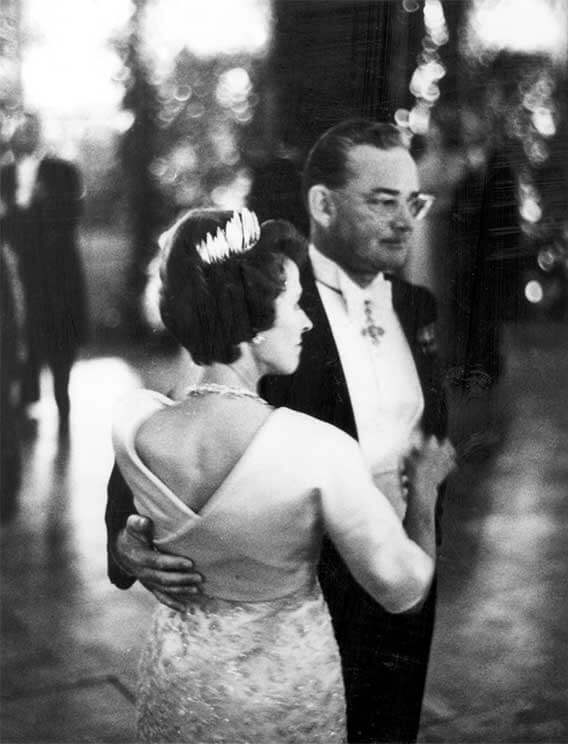
-
For John Hay Whitney's presentation as U.S. Ambassador to the United Kingdom, Betsey Whitney debuts Fulco's Native American-inspired "Feather Headdress" tiara at Buckingham Palace.
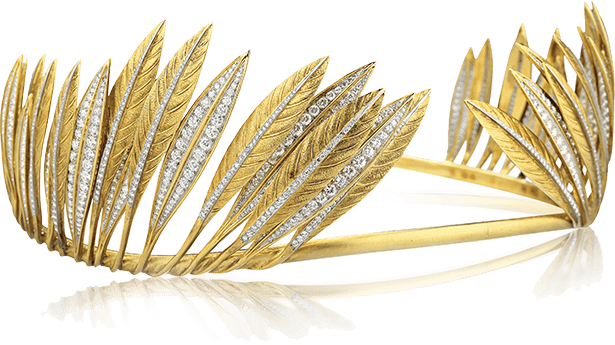
-
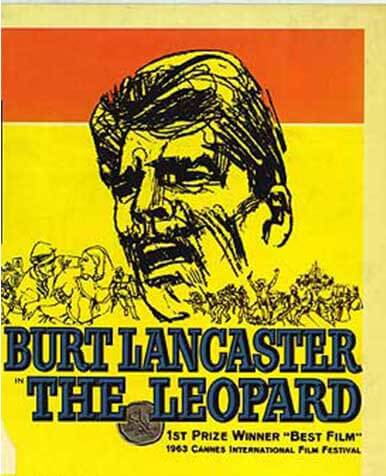
-
1963 Duke Fulco di Verdura advises Luchino Visconti on his film, The Leopard, adapted from the eponymous novel by Fulco's cousin, Duke Giuseppe di Lampedusa.
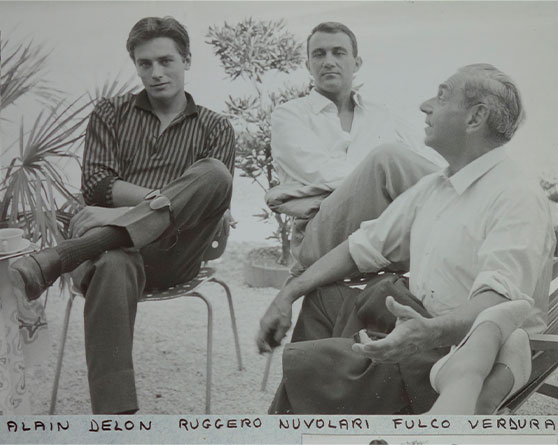
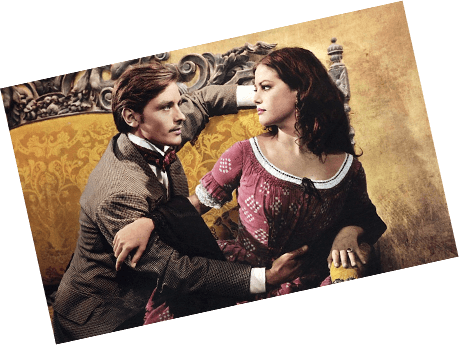
Fulco retires, leaving the business in the hands of his long-time associate, Joseph Alfano. Verdura moves to Eaton Square in London.
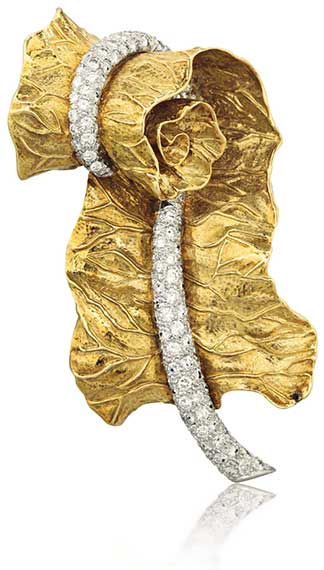
-
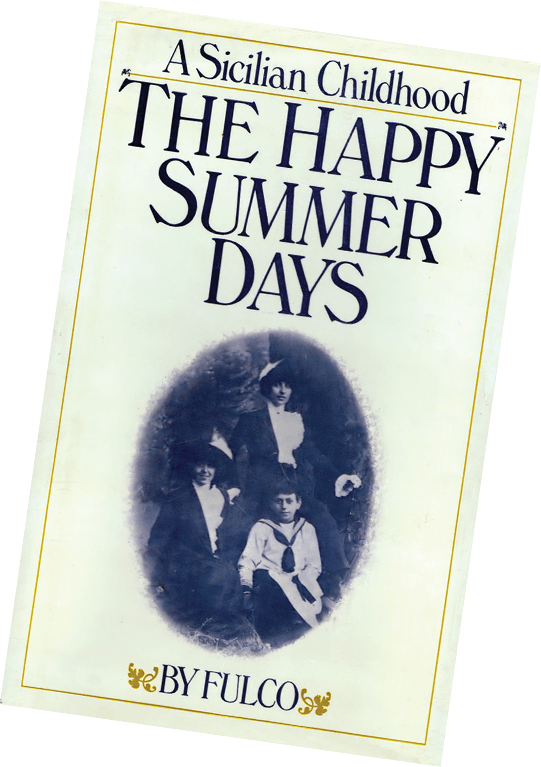
-
Fulco publishes his memoirs, entitled The Happy Summer Days, about his charmed childhood in Sicily, to a favorable literary review by The Sunday Times.
-
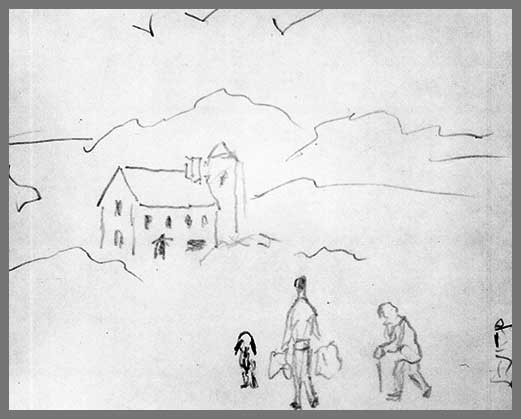
-
Verdura dies at the age of 79. His ashes are taken to the family vault at the Cimitero di Sant'Orsola in Palermo.
-
Ward Landrigan acquires the company, including Verdura's full archive of nearly 10,000 original jewelry designs. Formerly the head of Sotheby's US jewelry department, Landrigan was familiar with the work of the world's great jewelry houses. Under Landrigan's stewardship, the company sets out to introduce Verdura's timeless designs to a new generation.
-
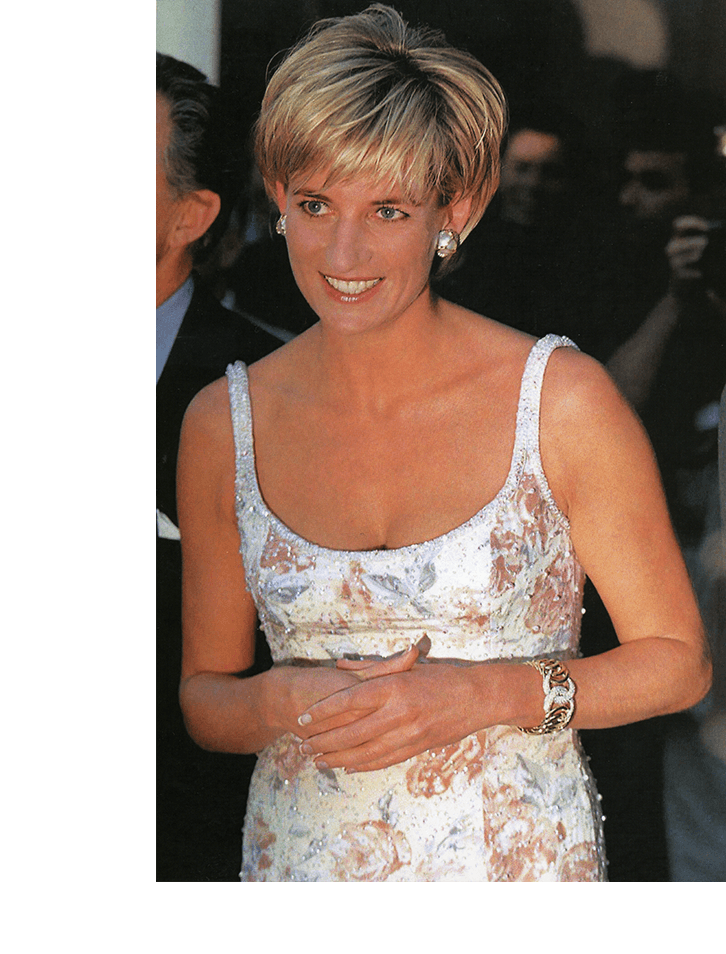
-
Princess Diana is photographed wearing the "Double-Crescent" bracelet and "Diana" earclips at the charity sale of her gowns at Christie's.
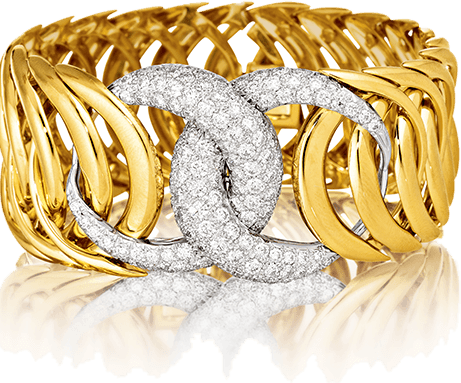
-
Thames & Hudson publishes the illustrated biography, Verdura: The Life and Work of a Master Jeweler, by Patricia Corbett.
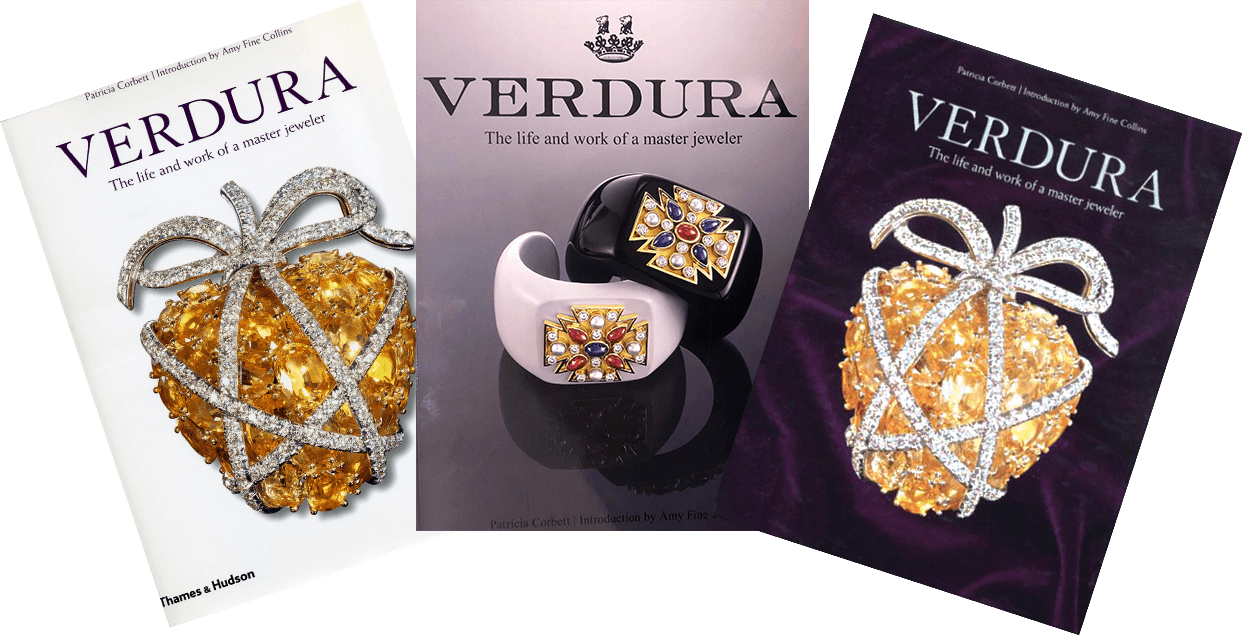
-
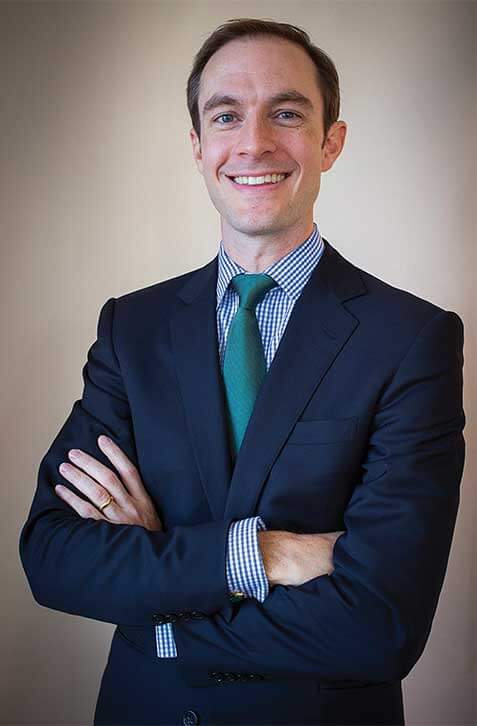
-
Nico Landrigan, Ward’s son, joins the company, becoming President in 2009.
-
Verdura celebrates its 75th anniversary with a retrospective exhibition, The Power of Style, curated by Carolina and Reinaldo Herrera and their daughter Patricia Lansing. The retrospective receives international news coverage including a segment on CBS Sunday Morning and attracts over 8,000 attendees over a three month period.
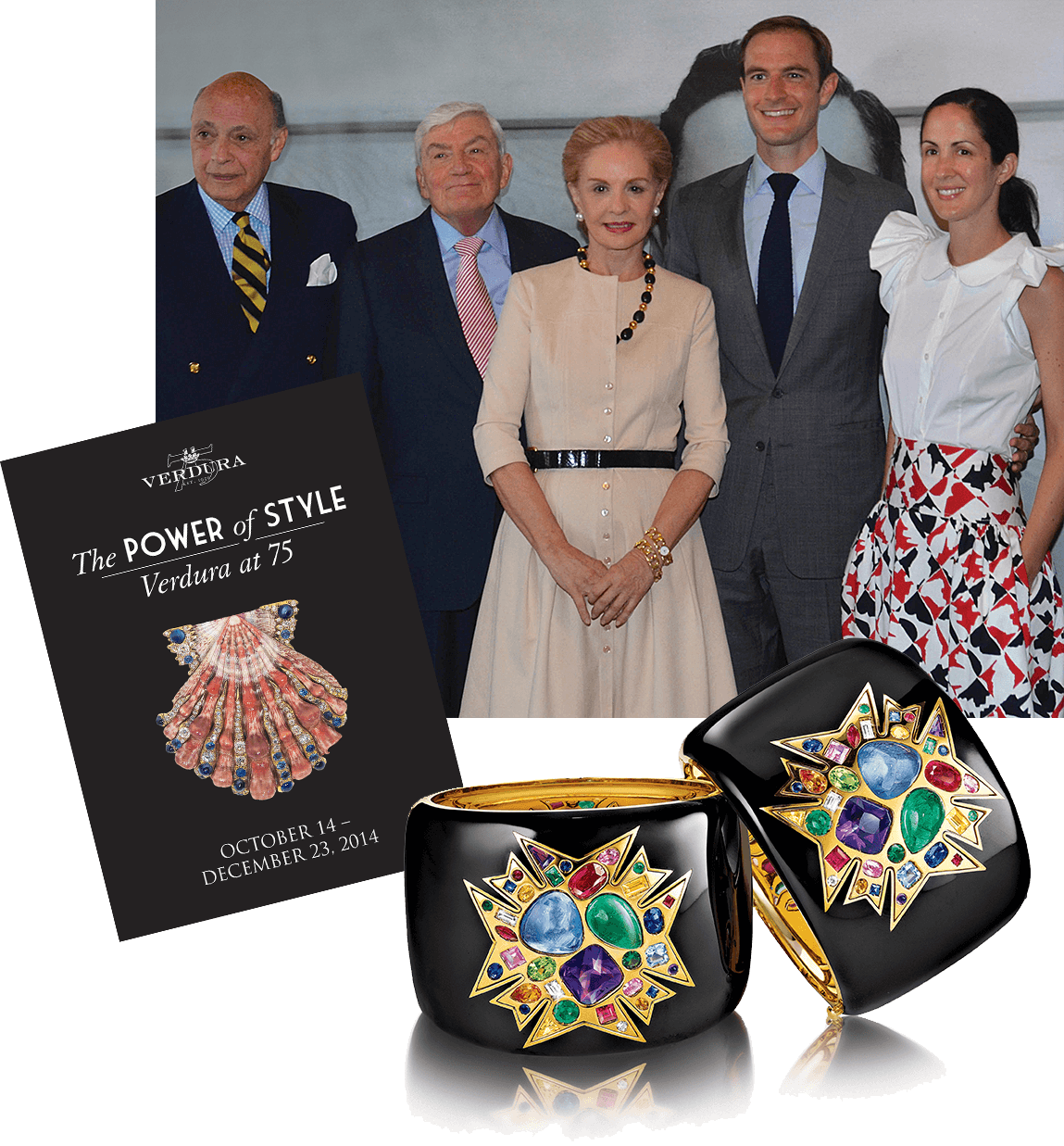
Today, Ward Landrigan and his son Nico continue to build on Duke Fulco di Verdura's legacy, combing the rich archives of nearly 10,000 original sketches, less than half of which have ever been realized. Their mission: to create bold and timeless jewelry that speaks to a new generation of jewelry lovers.

